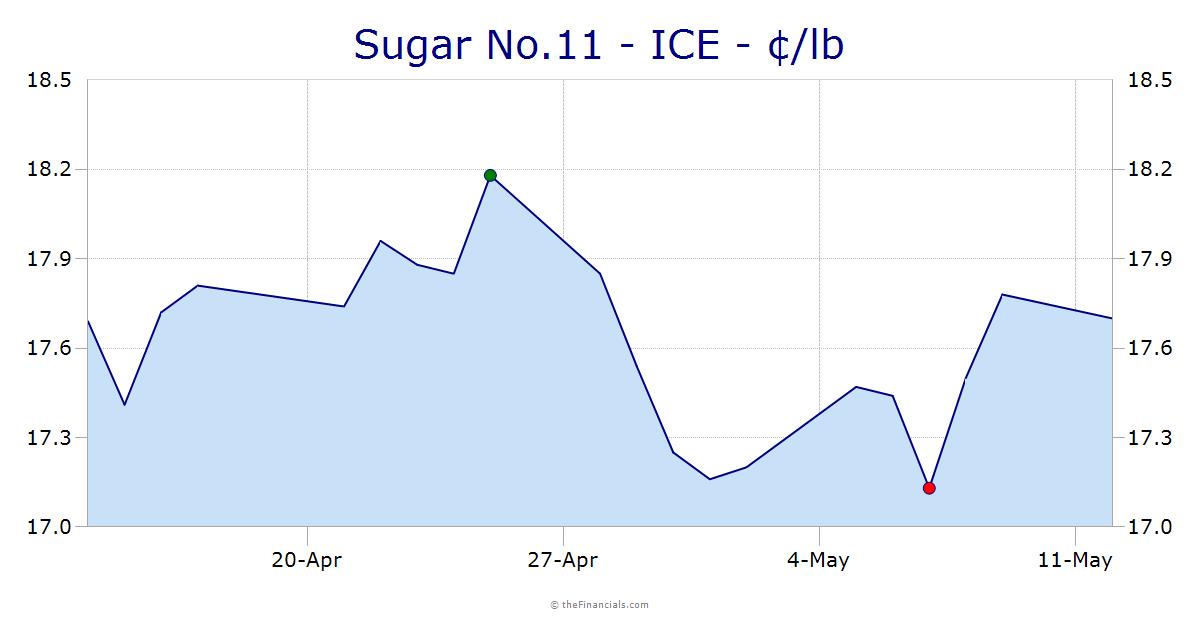Rubber advanced to the highest level in almost five months amid expectation that the global market is set for the worst shortage in four years next year as weather constrains supply and demand keeps expanding.
Futures in Tokyo climbed as much as 3.2 percent to the highest level since April 30. The price increased for a second day and has gained 10 percent this year.
Natural rubber consumption will outpace supply by 127,000 metric tons next year, the most since 2007, according to Goldman Sachs Group Inc. Stockpiles of the raw material used in tires, gloves and condoms will drop 12 percent to 67 days of demand in 2011, the lowest level in at least 11 years, the bank estimates. Drought earlier this year and heavy rainfall later on hampered tree-tapping across plantations in Asia, according to Pongsak Kerdvongbundit, managing director of Phuket, Thailand-based Von Bundit Co., the largest producer.
“The bullish outlook from the bank helped boost the futures,” Kazuhiko Saito, an analyst at Tokyo-based broker Fujitomi Co., said today by phone. “Market fundamentals look tight in the medium term.”
February-delivery rubber rose as much as 9.4 yen to 305.9 yen per kilogram ($3,574 a metric ton) before trading at 304 yen on the Tokyo Commodity Exchange at 11:18 a.m.
October-delivery rubber surged by as much as 10 yen per kilogram, triggering a circuit breaker by the bourse and leading to suspension in futures trading for five minutes.
Global consumption will advance 9.4 percent this year to 10.31 million tons, the fastest increase since 2004, according to the Singapore-based International Rubber Study Group, which says it has 16 countries and the European Union as contributing members. Demand will exceed output by 60,000 tons, from a surplus of 237,000 tons last year.
Floods
Sales of rubber are increasing the most in six years, helped by what the International Monetary Fund says will be the fastest global economic growth since 2007. Rain and flooding in Thailand and Indonesia, the top producers, drenched farms and curbed harvesting.
“La Nina will decrease” rubber production, Jakarta-based PT Mandiri Sekuritas said in today’s report. “Rubber production will decrease because the tapping process cannot be done in heavy rain.”
Futures may climb as much as 14 percent to $4 a kilogram by March on the Singapore Commodity Exchange, according to the median estimate of nine brokers and analysts surveyed by Bloomberg. The price in Tokyo is expected to return to this year’s peak of 338.5 yen reached on April 16, the highest level in 21 months, Kazunori Kokubo at Tokyo-based broker Yutaka Shoji said today by phone.
March-delivery rubber on the Shanghai Futures Exchange lost 0.4 percent to 26,415 yuan ($3,938) a ton at 10:34 a.m. local time. Natural-rubber inventories climbed 2,195 tons to 27,415 tons, the exchange said on Sept. 17, based on a survey of 10 warehouses in Shanghai, Shandong, Yunnan, Hainan and Tianjin. Source: Bloomberg




















0 komentar:
Post a Comment
Silahkan isi komentar soal artikel-artikel blog ini.